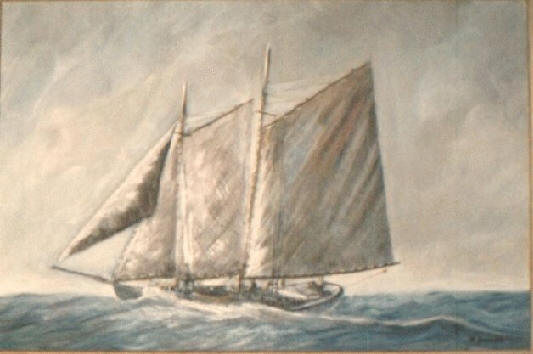Themes/Motifs

Escaping from society: This theme was displayed in all characters of To the Lighthouse. Each of them spoke freely their inner thoughts to the reader. The mind was where each character was able to be themselves and decipher the meaning of life. For example, Lily would paint in order to escape reality and experience freedom in her mind. Mrs. Ramsey would knit as a way to think to herself, relax and ponder about the day. Mr. Ramsey used reading.
Marriage This was a huge theme displayed through Mrs. Ramsey. She wanted everyone to be married. She saw this as the main goal in life, and was all she wished for her daughters, as well as other single houseguests. This is best seen in her trying to set up Lily and Mr. Bankes.
Behind ever strong man is an even stronger woman The woman to this theme is Mrs. Ramsey and she is the strong woman to many men in To the Lighthouse. Mr. Ramsey relies solely on her as his strength when he finds himself the weakest. Paul Rayley needed Mrs. Ramsey’s support in order to carry out his desires. James also needed his mother all the time. The men of To the Lighthouse each needed Mrs. Ramsey, and even some of the women did too. She was the strong point all went to for all men need a woman for support, help and to have in their lives.
The Meaning of Life- This is the biggest theme in To the Lighthouse. All the characters touch upon this somewhere in their thought process. They all wonder about life. Near the end of the story, Lily especially touches this while she is painting. Mr. Ramsey, while making an analogy with the alphabet, seems to be questing for the meaning of life, and trying to understand it more.
Egotism- Mr. Ramsey suffers from this the most in this novel. Most of the men in To the Lighthouse experience this too. Mr. Ramsey needs to feel like he is the best; feel good about himself. Other characters experience this too; like Mr. Tansley, who is forever trying to make himself look good in the eyes of others.
Aesthetics- there is no belief of a supreme being in To the Lighthouse. God is forever rejected. Without God, there is no unifying force in the novel, and thus a human must replace this missing force; this human is Mrs. Ramsey. Most of the characters ponder upon God for one little moment in the novel, and all of them reject God entirely. This is most reflective of the author’s belief in no supreme being.
Art- Lily was most absorbed into this theme. She uses art to escape and capture her life. She prides herself on her art and spends a lot of time and energy into creating her work. To the Lighthouse ends with Lily finishing a painting she started ten years earlier and had left behind. Mr. Carmichael used poetry as a way to express himself freely.
Reading- Many of the characters read and most are most free when they are reading. When each character read they took on the persona of the book they were absorbed in; they forget who they were. Whether it was Mr. or Mrs. Ramsey, they became peaceful and alone in the depths of their minds, once they began reading.
Love- This theme is best reflected in Paul and Minta after they are engaged. Minta was said to have glowed from the love and happiness she had. She lit up the room with her presence because of her love. Love was also questioned by some of the characters, like Lily, especially when Minta and Paul came into the room looking as they did. Another good example of this is Mr. And Mrs. Ramsey’s relationship. Although they do not talk much, they love is so deep, that words are not required to express their feelings for each other.
        |
Introduction Author Background Setting Plot Characters
Figurative Language Diction/ Syntax Tone Themes/ Motifs
Memorable Quotes Meet the Designers